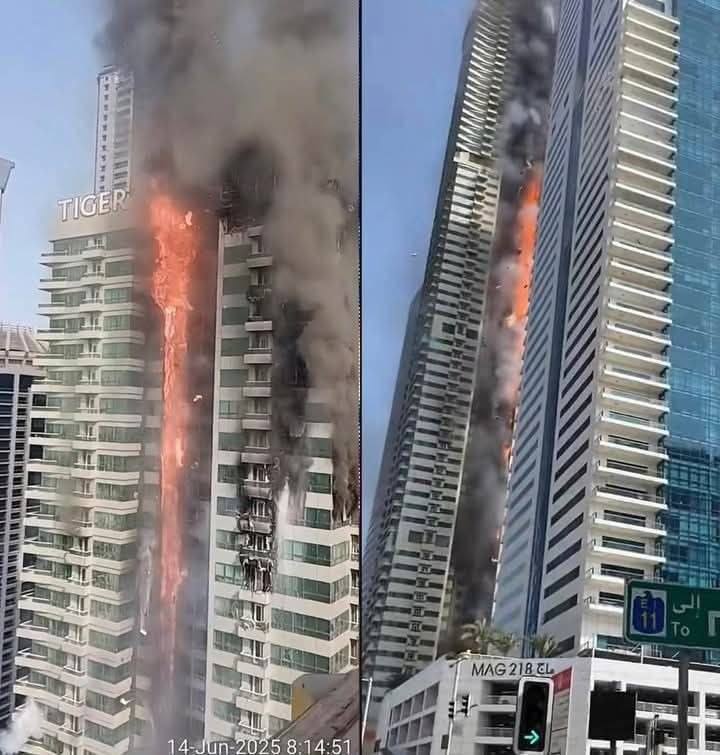In the wake of devastating months in Gaza and approaching the grim anniversary of Hamas’s attacks, Israeli Prime Minister Netanyahu announced a new focus on combating Hezbollah in southern Lebanon—marking a notable escalation in the region’s conflict.
Israel’s military carried out precise airstrikes targeting Hezbollah’s top leadership and critical facilities. Key commanders such as Hassan Nasrallah and Hashem Safieddine were killed, and major infrastructure including drone bases and communication centers was destroyed in Dahiyeh, Beqaa Valley, and Beirut.
Psychological tactics accompanied the strikes, with reports of Israeli forces remotely detonating booby-trapped communications devices, causing both militant and civilian casualties, aiming to sow confusion and disrupt Hezbollah’s command capabilities.
Hezbollah’s decentralized command, composed of small autonomous groups, combined with underground tunnels and mobile rocket systems, has enabled it to withstand heavy bombardment and continue attacking Israel effectively.
The group’s use of mountain bikes and rapid deployment of rocket launch sites complicates Israeli efforts to target them preemptively.
In a daring strike, Hezbollah even managed to hit Netanyahu’s residence with a drone. Continued rocket fire keeps northern Israel on alert and diverts military focus across multiple fronts.
More than a million people have fled southern Lebanon amid infrastructure destruction, underscoring the conflict’s humanitarian cost.
The evolving situation raises doubts about the efficacy of decapitating militant leadership when forces can self-organize and operate independently, hinting at the risk of a prolonged regional crisis.


